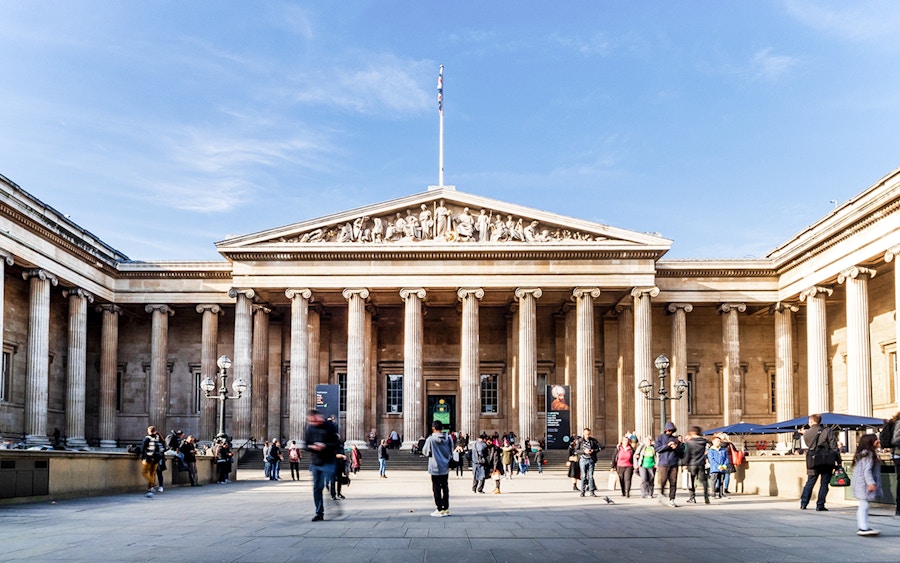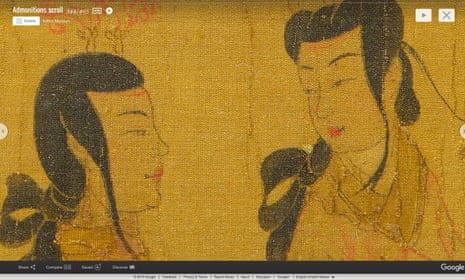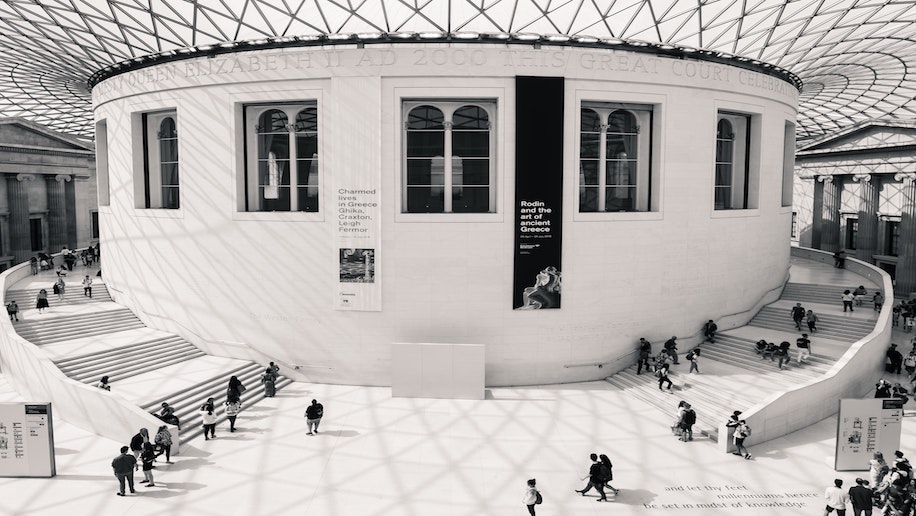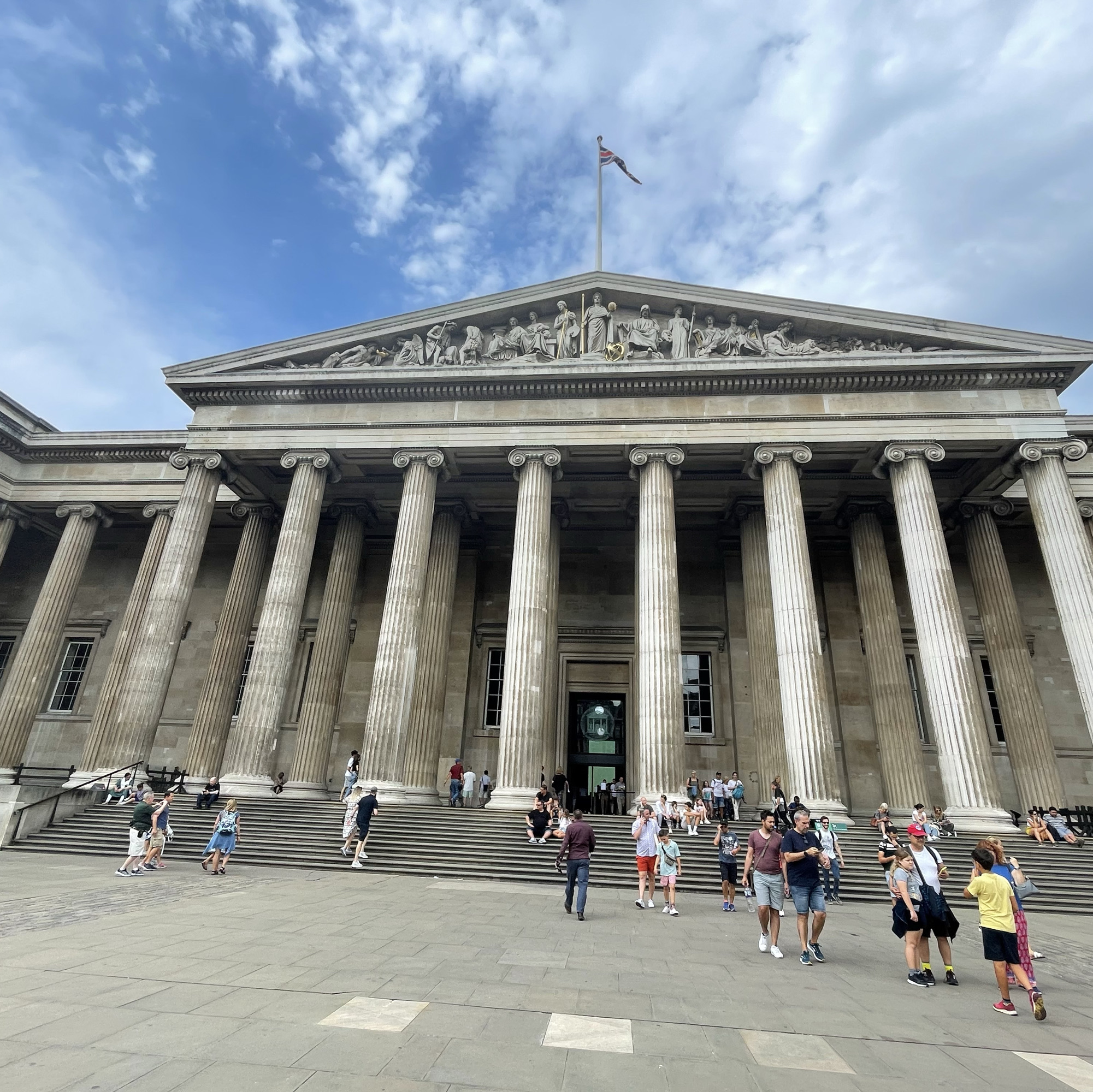Heritage of Humanity: A Virtual Tour of the British Museum’s Masterpieces

Introduction
Overview of the British Museum
Nestled in the heart of London, the British Museum is a treasure trove of human history and culture. Established in 1753, it houses millions of artifacts spanning centuries and continents. Visitors can witness iconic pieces such as the Rosetta Stone and the Elgin Marbles. With free admission, it aims to educate and inspire, inviting everyone to explore our shared past.
Significance of Heritage in Humanity
Heritage plays a pivotal role in shaping our identity and understanding of the world. It is a lens through which we can appreciate diversity and shared experiences.
- Cultural Understanding : Heritage promotes tolerance and respect among different cultures.
- Historical Insight : It connects us to our ancestors, offering insight into human evolution.
Through heritage, we reflect on our journey as a species, paving the way for future generations to build upon our collective narrative.

History and Evolution of the British Museum
Founding and Early Collection
The British Museum’s journey began in the 18th century, when Sir Hans Sloane bequeathed his collection to the nation in 1753. This marked the birth of a public museum dedicated to knowledge and learning.
- Initial Highlights :
- Over 71,000 items in the first collection, including ancient manuscripts and artworks.
- Opened its doors to the public in 1759, heralding a new era of accessibility.
Expansion and Architectural Marvels
As its collection grew, so did the museum’s physical presence. The iconic Greek Revival architecture of the museum building, designed by Sir Robert Smirke, completed in 1852, stands as a testament to its prestige.
- Key Milestones :
- Regular expansions, including the Great Court and the stunning glass roof designed by Norman Foster.
- The establishment of specialized departments, encompassing ancient Egypt to the arts of Africa.
These developments not only enhanced the museum’s capacity but also its role as a global leader in cultural preservation and education. The British Museum continues to evolve, reflecting the dynamic relationship between past and present.

Virtual Tour: Highlights of the British Museum’s Masterpieces
Rosetta Stone
No virtual tour of the British Museum is complete without a visit to the Rosetta Stone. This granodiorite slab, inscribed with three scripts, was key in deciphering Egyptian hieroglyphs.
- Fun Fact : Discovered in 1799, it allowed scholars to unlock the language of ancient Egypt.
Parthenon Sculptures
Next, marvel at the Parthenon Sculptures, also known as the Elgin Marbles, which narrate iconic tales from Greek mythology.
- Historical Significance : These sculptures were originally part of the Parthenon temple in Athens.
Egyptian Mummies
Discover the fascinating world of Egyptian mummies, preserved through centuries. Each mummy tells a unique story about ancient customs and beliefs.
- Engaging Detail : Some mummies are accompanied by exquisite artifacts that reveal the significance of the afterlife.
Lindow Man
Stumble upon Lindow Man, a remarkably preserved bog body from the Iron Age. His discovery in 1984 offers profound insight into prehistoric life.
- Intriguing Aspect : Analysis of Lindow Man’s remains has led to discussions about ritual practices in ancient Britain.
Sutton Hoo Treasure
Finally, the Sutton Hoo Treasure showcases stunning Anglo-Saxon artifacts, including an intricately decorated helmet and jewelry.
- Cultural Impact : This 7th-century burial site highlights the artistry and sophistication of early medieval England.
These masterpieces present a snapshot of human history, and exploring them virtually enriches our understanding of diverse cultures.

Technological Innovations in Virtual Museum Tours
Virtual Reality (VR) Experiences
The advent of Virtual Reality (VR) has revolutionized the way visitors experience museums. With VR headsets, users can immerse themselves in breathtaking environments.
- Interactive Features :
- Explore ancient ruins or walk alongside historical figures.
- Virtual tours can provide unique storytelling elements that enhance engagement.
I once tried a VR experience at a museum, and it felt like stepping into a different era. The balance between education and entertainment was truly remarkable.
Online Galleries and Collections
In addition to VR, the British Museum showcases a wealth of online galleries, bringing cultural treasures to anyone with an internet connection.
- Accessibility :
- Users can browse thousands of artifacts and exhibitions from the comfort of their home.
- Detailed descriptions, high-resolution images, and videos enrich the exploration experience.
These technological advances not only broaden accessibility but also create a more interactive and engaging way to appreciate art and history, ensuring that cultural heritage is celebrated worldwide.

Impact of Virtual Tours on Access to Cultural Heritage
Global Audience Reach
The rise of virtual tours has dramatically expanded the reach of cultural heritage, allowing people worldwide to explore museums like the British Museum without geographical limitations.
- Accessibility :
- No longer constrained by distance, anyone can visit from home.
- Virtual tours cater to individuals with mobility challenges.
I remember scheduling a virtual tour for a school project; it was eye-opening to collaborate with classmates from different countries, sharing perspectives and insights.
Education and Cultural Exchange
Virtual tours foster significant educational benefits and encourage cultural exchange.
- Learning Opportunities :
- Interactive content enriches knowledge about diverse cultures.
- Schools can incorporate virtual visits into curricula, enhancing students’ understanding of global history.
Moreover, cultural exchange programs become more accessible as museums share their collections online, paving the way for increased empathy and shared understanding among diverse communities. This approach strengthens our connection to global heritage, celebrating our collective human story.

Conservation and Preservation Efforts at the British Museum
Role of Preservation in Heritage Protection
Preservation at the British Museum is vital to safeguarding our shared cultural heritage. By meticulously caring for artifacts, the institution ensures that future generations can appreciate and learn from history.
- Importance of Preservation :
- Protects artifacts from decay, damage, and environmental threats.
- Enhances the museum’s educational mission by maintaining the integrity of collections.
I recall attending a workshop on artifact care, where conservators shared fascinating insights about the delicate balance between usage and preservation.
Sustainable Practices in Cultural Conservation
As awareness of climate change grows, the British Museum has adopted sustainable practices in its conservation efforts.
- Eco-Friendly Initiatives :
- Energy-efficient climate controls for maintaining optimal conditions for artifacts.
- Use of sustainable materials for new exhibits and restoration projects.
These efforts reflect a commitment to not only preserving the past but also considering the future of our planet. By implementing environmentally responsible strategies, the museum models how cultural institutions can lead the charge in heritage protection while nurturing our environment.

Future Trends and Opportunities in Virtual Heritage Tours
Virtual Museum Partnerships
The future of virtual heritage tours is bright, particularly with the rise of virtual museum partnerships. Collaboration among institutions can create richer experiences for visitors.
- Benefits of Partnerships :
- Shared resources result in more extensive collections for online viewing.
- Co-hosted exhibitions can reach wider audiences, enhancing cross-cultural exchange.
I once enjoyed a collaborative virtual exhibit that allowed me to explore artifacts from multiple museums across the globe, broadening my understanding of shared histories.
Enhancing User Experience through Technology
Technology will continue to play a crucial role in enhancing user experiences during virtual tours.
- Future Innovations :
- Increased use of Augmented Reality (AR) to provide immersive experiences.
- Advanced AI-driven personalizations to tailor virtual tours to individual interests.
As these technologies evolve, they will create even more dynamic and engaging ways for users to interact with cultural heritage, ensuring that the past remains accessible and relevant to all. The blend of education, innovation, and accessibility promises an exciting future for virtual heritage tours.

Conclusion
Recap of the British Museum’s Legacy
The British Museum stands as a testament to human creativity and history, housing countless treasures that reflect diverse cultures and civilizations. Its commitment to education, preservation, and accessibility has left an indelible mark on the world of heritage.
- Key Contributions :
- Over 250 years of cultural representation.
- Pioneering efforts in public engagement through innovative exhibitions.
Implications of Virtual Tours for Heritage Accessibility
Virtual tours are transforming how we experience cultural heritage, making it accessible to anyone, anywhere.
- Expanded Opportunities :
- Engaging younger audiences through technology.
- Fostering cross-cultural connections and understanding.
As we embrace these digital advancements, the journey through history becomes more inclusive, ensuring that our rich past is available for future generations to explore and appreciate. The evolution of virtual experiences reaffirms that heritage is not merely preserved but actively shared around the globe.










